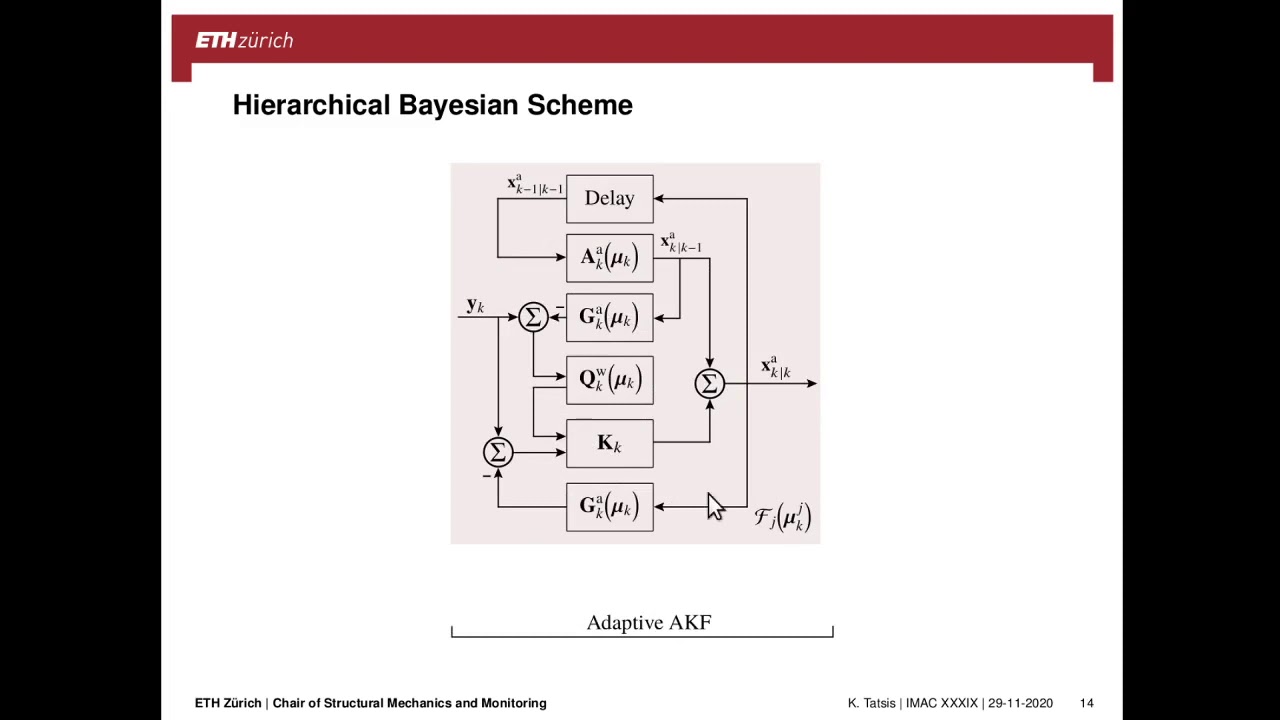Dr. Konstantinos Tatsis

Dr. Konstantinos Tatsis
Lecturer at the Department of Civil, Environmental and Geomatic Engineering
ETH Zürich
- Work phone +41 44 633 79 66
- phone +41 44 633 62 34 Secretariat(Sec.)
- contactsV-Card (vcf, 1kb)
Short Bio
Konstantinos received his diploma in Civil Engineering in 2014 from the National Technical University of Athens (NTUA) with a thesis on multi-scale homogenization of fiber-reinforced materials. Thereafter he obtained his MSc (2016) in Offshore Engineering, with honors, from the Technical University of Delft (TUD). His thesis, sponsored by the Maritime Research Institute of Netherlands (MARIN), was on Structural Health Monitoring (SHM) of offshore vessels with the ultimate aim of damage identification due to corrosion and fatigue cracks.
Konstantinos joined the Chair of Structural Mechanics at ETH Zurich in July 1st 2016 and is working on the data-driven modeling of wind turbines as PhD student of the WINDMIL project on “Smart Monitoring, Inspection and Life-Cycle Assessment of Wind Turbines".
Research
Inverse analysis of wind turbines through vibration monitoring
Wind turbines are exposed to higly variable and irregular environmental conditions. Not suprisingly, fatigue poses the main design driver of these structures. In this work, the utilization of monitoring systems for response estimation and subsequent fatigue assessment of wind turbine support structures is investigated via vibration monitoring.
The monitoring of vibrations at optimally chosen locations, combined with the information ostemming from a reduced order numerical representation of the structure, can provide reliable estimates of the strain time histories at unmeasured critical locations. Whithin the proposed framework, this task is accomplished by means of recently-developed output-only Kalman-type algorithms, which are able to provide joint input and state estimation of structural systems.
Numerical aero-elastic simulations of wind turbines in operational conditions are carried out for the generation of vibration data. By exploiting physics-based models, sparse measurements are translated into denser stress estimates across the body of the structure, including unmeasured hotspot locations. Fatigue damage accumulation is then esimated at these points. The effectiveness and accuracy of the proposed monitoring formulation, as a tool for fatigue-life prediction and optimal maintenance schemes, is assessed.

